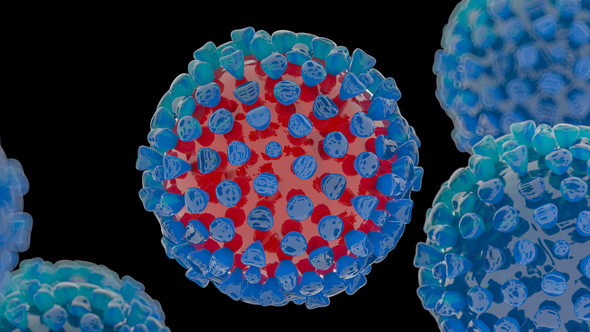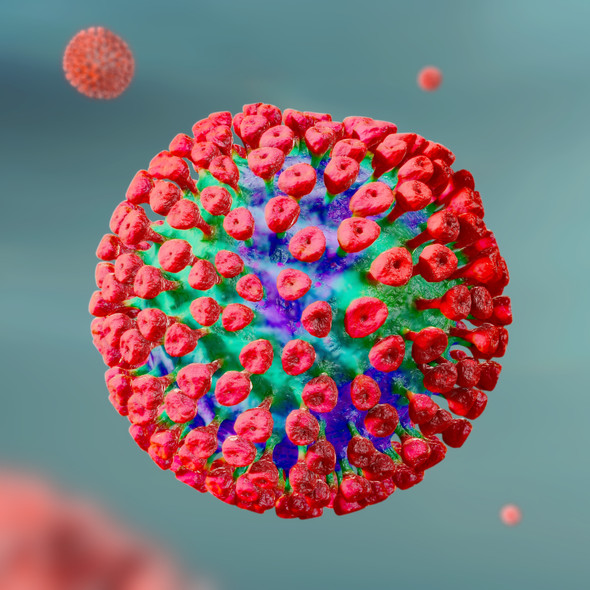Description
CANINE HERPES VIRUS ANTIGEN
Canine Herpes virus (CHV) antigen has been manufactured for use in the detection of antibodies against CHV for immunoassay development or other applications.
PRODUCT DETAILS – CANINE HERPES VIRUS ANTIGEN
- Canine Herpes virus antigen, strain D004.
- Native antigen purified from canine distemper virus infected MDCK cells.
- The antigen is presented in 0.05 Glycine, pH 9.
- This material has been UV and detergent inactivated (<0.1% CHAPS, <0.01% SDS).
- For ELISA development or other applications.
BACKGROUND
Canid herpesvirus-1 (CaHV-1) is an enveloped double stranded DNA virus belonging to the family Herpesviridae, subfamily Alphaherpesviridae, genus Varicellovirus. It was first recognized in the mid-1960s in association with a fatal disease in puppies, sometimes termed the “fading puppy syndrome.” It is phylogenetically related to α-herpesviruses affecting other animal species but its surface receptors limit its host range to domestic dogs and other Canidae. CaHV-1 causes severe viral infection of puppies worldwide, which can result in a 100% mortality rate in affected litters. Transmission usually occurs by contact between susceptible individuals and the infected oral, nasal, or vaginal secretions of shedding dogs. Many dogs shedding virus exhibit no clinical signs. In systemically affected puppies, CaHV-1 infection may be confused with infectious canine hepatitis (Evermann et al., 2011).
High-throughput methods have been used to determine the genome sequences of three closely related CaHV-1 strains (0194, V777 and V1154) isolated in the United Kingdom between 1985 and 2000. The canine herpesvirus genome is ~ 125 kbp in size and consists of a unique long sequence (97.5 kbp) and a unique short sequence (7.7 kbp) that are each flanked by terminal and internal inverted repeats (38 bp and 10.0 kbp, respectively). The overall nucleotide composition is 31.6% G C, which is the lowest among the completely sequenced alphaherpesviruses. The genome contains 76 open reading frames predicted to encode functional proteins, all of which have counterparts in other alphaherpesviruses (Papageorgiou et al., 2016). CaHV-1 is one of the few canine viral infections that can proceed to fatal disease and as there is no commercial vaccine routinely available in the US (a vaccine is available in Europe), infection management is used to prevent the disease (Evermann et al., 2011).
REFERENCES
- Evermann et al. (2011). Canine Reproductive, Respiratory, and Ocular Diseases due to Canine Herpesvirus. Veterinary Clinics of North America: Small Animal Practice, 41(6), 1097–1120.
- Papageorgiou et al. (2016). Genome Sequence of Canine Herpesvirus. PLoS One, 11 (5).














